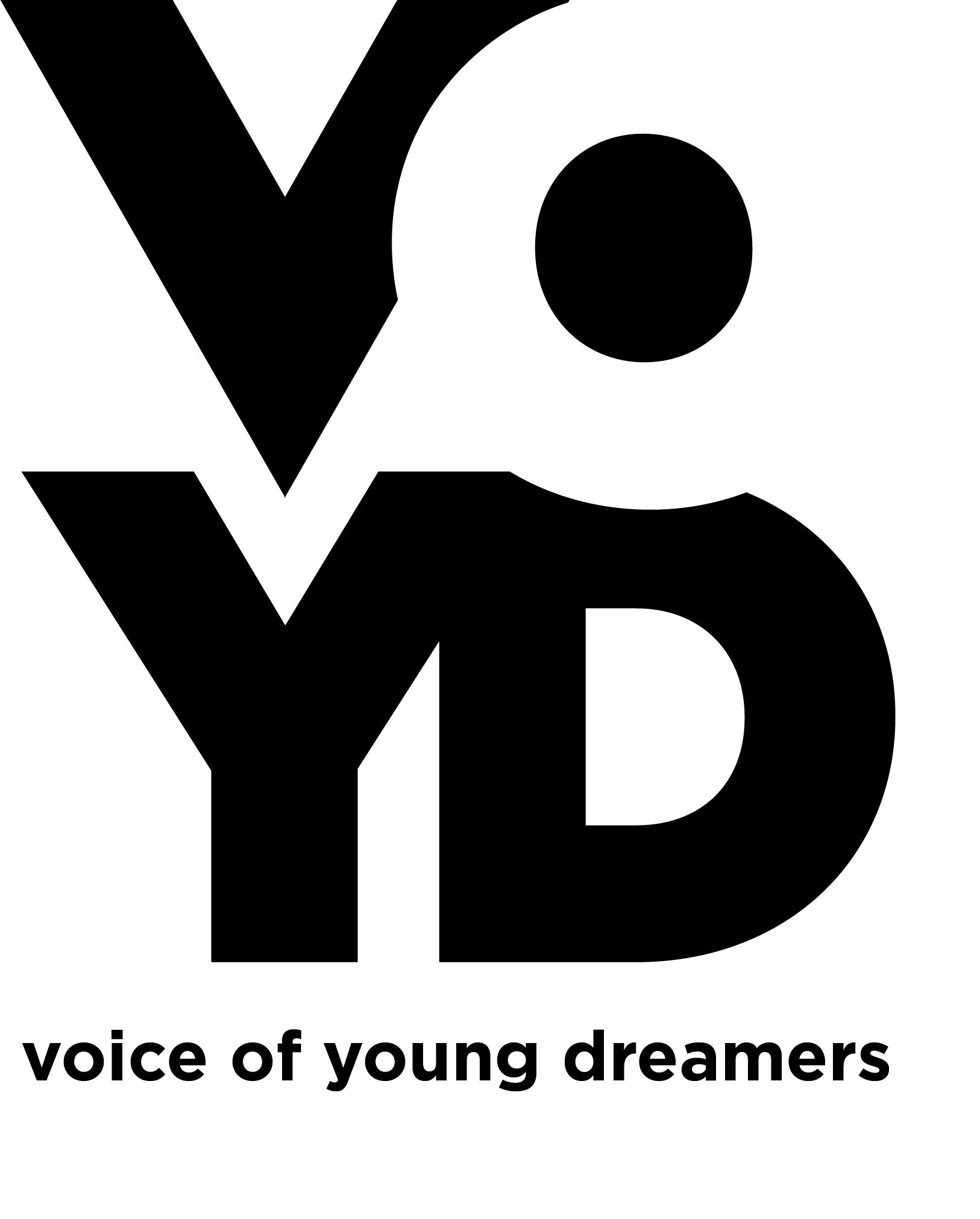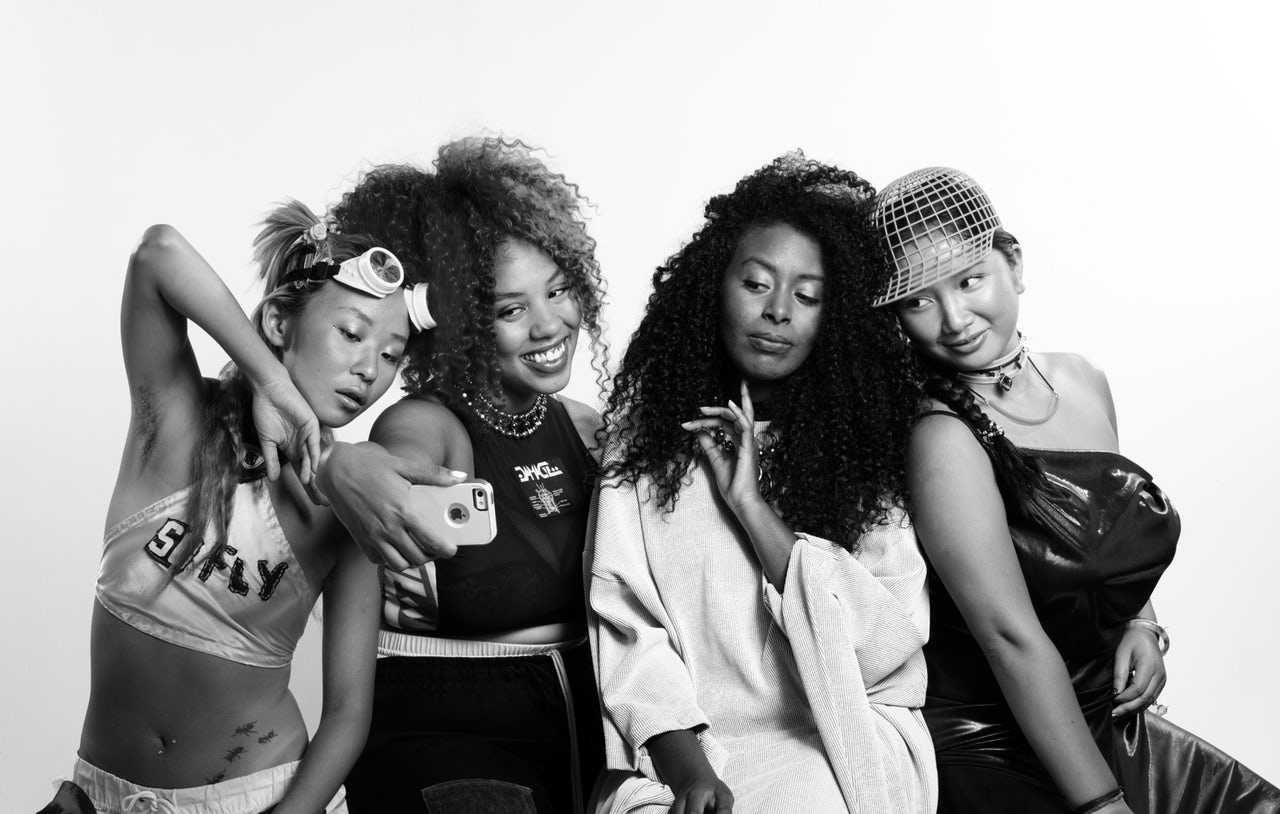BLACK DIASPORIC FILMAKERS

The importance of Black Diasporic Filmmakers in Indie Cinema.
1992 was the pivotal year that Nigerian filmmaker Kenneth Nnebue co-wrote and produced the thriller Living in Bondage, a film centered on a man who desperately sacrifices his wife to obtain wealth. Instead of opting to release it in a theater, the screenwriter and producer utilized blank videotapes accumulated from Taiwan. The result of Nnebue’s straight-to-video technique was genuinely astounding—Living in Bondage sold over 70,000 copies, ushering in a new wave in underground African cinema—Nollywood.
Nollywood went on to become the second largest film industry in the world, runner-up to India’s Bollywood conglomerate in regards to movie output. The dramatic acting and outrageous filmic storytelling struck a chord with African audiences, who rejoiced in seeing themselves portrayed onscreen, despite the low quality and inexpensive set designs. Despite political and economic instability that might deter a filmgoer to journey to a movie theater in Nigeria, African people could enjoy theater within the comfort of their abodes. Faced with high piracy and a decline in the purchasing of DVDs in the new millennium, Nigerian filmmakers appear to be transforming how Nollywood films are distributed. Perhaps what is still most important about the rise of Nollywood is its unapologetic DIY approach that remains independent of government assistance, lack of financial investment, and lack of dependence on former colonial empires to tell stories of indigenous African people. Such methods of releasing films illustrate the importance of Black filmmakers on the continent and in the Diaspora, despite obstacles that impede on the cinematic process.
Like continental Africans, Afro-Caribbean and Afro-Latinx film creatives often face artistic roadblocks in releasing filmic material that centers explicitly on the Black experiences in the tropics and Latin America. Marisol Gómez-Mouakad, director of Angélica, a film illuminating colorism while narrated through the perspective of a dark-skinned Afro-Puerto Rican woman. Other breaks out cinema created by Afro-Caribbean directors are My Father’s Land, which follows a 61-year-old Haitian immigrant living in working-class neighborhoods in the Bahamas, as well as Citizens of Nowhere, centering on the Dominican Republic’s decision to render Haitians as a stateless group subject to deportation. As Gómez-Mouakad’s film gains attention in the United States (i.e., a screening at Afro-Latino NYC’s Liberation Film Festival), she still subscribes to the Nigerian creative credo of do-it-yourself. “There are stories, quite a few stories, with filmmakers that have made one film and then they have such a hard time getting funding that they haven’t made many other films…that’s a big challenge, getting the money because the distribution; it’s so hard. Many people don’t want to invest or are afraid to invest in Caribbean films,” she candidly confessed in a recent interview. “It’s going to have to come from us organizing or coming together to help each other out because I don’t know how much we can expect others to contribute. Not that they can’t but the way I’ve seen it there’s this resistance, especially with the Caribbean. The idea that we’re just a place to take a vacation. We’re much more than that! We have culture; we have a history—there’s a lot. We have made a big difference in the world; it’s just not recognized the way it should be.”
With the inaugural Seven Sea Color Festival taking place on the Colombian island of San Andres, the Jamaican Film Festival, Belize’s International Film Festival, Traveling Caribbean Film Showcase, Trinidad and Tobago Film Festival, and the Dominican Republic Global Film Festival, these events provide opportunities to see cinematic Afro-Caribbean experiences, present awareness, and strengthen various film industries in the Caribbean. The Trinidadian and Tobago Film Festival is particularly imperative in providing a platform for Caribbean filmmakers of African descent, creating the Caribbean Film Database, an online resource archiving local filmmakers. Afro-Caribbean creatives are out to prove that, in a similar vein to Nigerian filmmaking, that their stories are worth being told and distributed to their communities. In addition to the indie film Angélica, Miquel Galofré and Tyler Johnston’s My Father’s Land follows 61 year-old Haitian immigrant Papa Jah in a poor Bahamian neighborhood, and Regis Coussot and Alexandre Tremblay’s Citizens of Nowhere centers on the Dominican Republic’s decision to strip Haitian residents of a national identity, rendering them vulnerable to deportation. These independent filmmakers are seeking to build a community of artistic voices competing against Hollywood’s filmic influence.
In America, there also isn’t a shortage of aspiring Black filmmakers, but a lack of said filmmakers receiving funding for the creation of their projects. A number of them also follow the Nigerian model, engaged in guerrilla filmmaking and relying on underground art circuits to distribute their work. Even with directorial darlings like Ava Duvernay, Jordan Peele, and Black British transplant Steve McQueen churning out cinematic gems to widespread critical acclaim, there is hesitation to support aspiring, but poor working-class Black filmmakers. Artistic freedom is also curtailed in regards to what movies marginalized people are encouraged to create. Kellee Terrell, director of the short horror film, Goodnight My Love, chronicling a Black lesbian couple trapped together during a zombie apocalypse, explained in 2015, that “Black filmmakers [in the United States] are encouraged to make romances or comedies, even when other types of films are cheaper to make.” Terrell’s Goodnight My Love screened in over 40 cities worldwide, despite the lack of Hollywood backing of her project.
Black filmmakers have also transformed queer indie cinema on DIY principles. Alli Logout’s Lucid Noon Sunset Blush, screened at NY Queer Film Experimental Festival, rewrites the coming-of-age queer narrative, as the main character runs away to join a queer-run house in Texas called The Palace. The film also includes supporting characters who are sex workers; a vital narrative often ignored not merely in Black cinema, but also in the broader filmic medium. Gender-nonconforming and Black trans women also play a critical role in the film, mentoring the 17-year-old protagonist Micha. Released a year before Moonlight, Logout captures Black queer sexuality in what is perceived to be the conservative American South. In Kenya, Wanuri Kahiu’s independent feature, Rafiki, details the love story between two Black women—the film was banned in Kenya, with proponents arguing the film was trying to “legitimize lesbianism” in the country, an attitude stemming from the vestiges of colonialism. As the film stirred controversy and debate over queer and trans rights in East Africa, Kahiu’s directorial debut was screened at the 2018 Cannes Film Festival.
Black Diaspora filmmakers play a critical artistic role in creating new dialogues and opportunities to grapple with challenging topics in marginalized communities. As art is a new way to perceive a subject through a different lens, the support of Black creatives globally is of utmost importance. Despite obstacles, Africans and African descendants in the Americas are continually forging new cinematic achievements through independent and guerilla filmmaking. The poorest of Black creatives must be supported by the community who wishes to see fresh storytelling and the reality of our lives illuminated through cinematic means.









